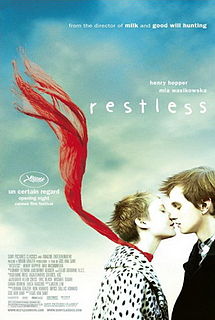Some families traditionally cremate their deceased, some bury them, and in Colorado we sometimes like to keep them chilling in a shed in the back. Literally.
About 15 miles down the road from my home in the foothills of the Rockies, there is a relatively small town called Nederland, Colorado. Around 1300 people inhabit the mountain town, yet if you drive by during the first week of March you are sure to find it packed. You may also accidentally run into a scheduled coffin race or ice turkey bowling contest. In 2012 Nederland celebrated the 10th annual Frozen Dead Guy Days festival, inspired by and dedicated to “Grandpa Bredo,” more formally known as Bredo Morstoel.
Mr. Morstoel is originally from Norway and after passing away spent several years at a cryonics facility in California. Since 1993, several of his relatives, who reside in Nederland, have kept him cool in the “Tuff Shed,” a mini cryonics facility on their property in Nederland. Unfortunately his daughter Aud Morstoel and grandson Trygve Bauge experienced some trouble with visas and a near eviction because of electricity and running water requirements, but with the help of a local reporter Grandpa Bredo became an international sensation. There has been some minor continued legal trouble surrounding the housing of Mr. Morstoel in the Tuff shed and the festival that is dedicated to him, including a new Nederland law concerning the storing of bodies (which does not, however, apply to Mr. Morstoel since he was already being housed in Nederland at the time of the creation of the law) and a complaint filed by the family concerning festival naming rights.
Even so, the festival is still going strong and grows with each year. This past year’s events included tours to the Tuff Shed, cryogenics presentations, Snowy Beach volleyball, and a polar plunge among other events and musical performances.
Being enrolled in a class that focuses on the topic of death and burial, the Frozen Dead Guy Days immediately caught my attention the first time I saw a flyer. I’ve always been interested in cryonics, but have never had the chance to view a cryonics facility or listen to a lecture on it. At what point does the freezing or the work of the cryonics team begin, since pinpointing a time of death becomes more difficult with every medical advancement? How does brain death fit into this? If a patient is certified brain dead, can the team from the hired cryonics facility come in and begin their work on an otherwise living body? Would this really be any different than if the process of organ donation were to be started right after brain death?
Though cryonics and the housing of deceased relatives on private property raises a lot of legal, moral, and just plain interesting questions, what I do know is that next time I’m in town during that first week of March, I will be hopping on the bus to Nederland for the weekend.
To read the fully history of the Frozen Dead Guy Days and find more information on the festival, see http://frozendeadguydays.org/aboutfdgd.
Jana Muschinski

